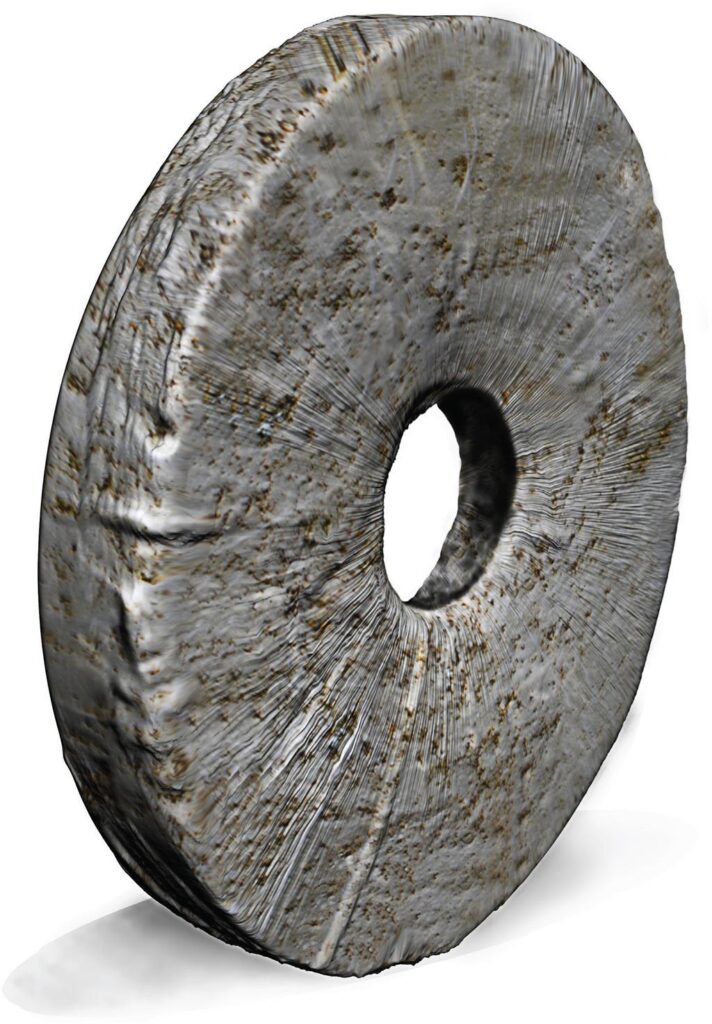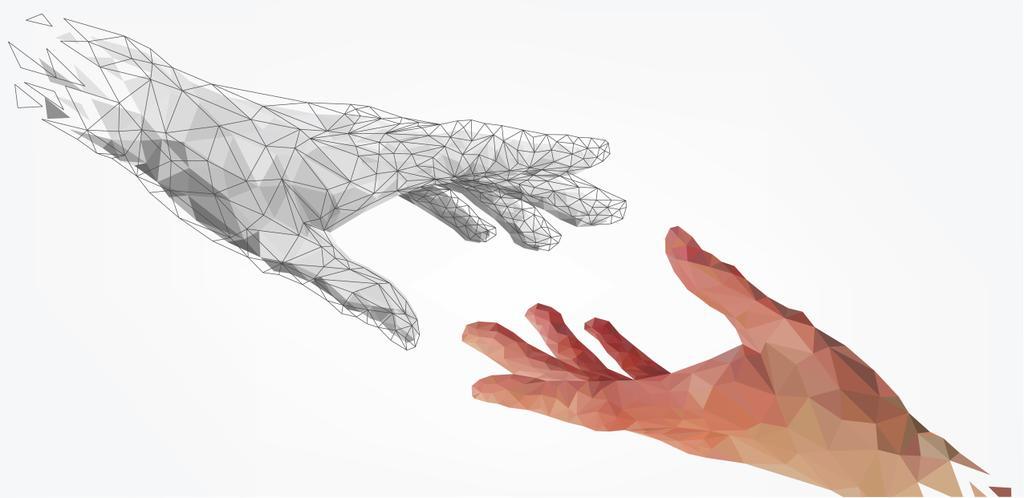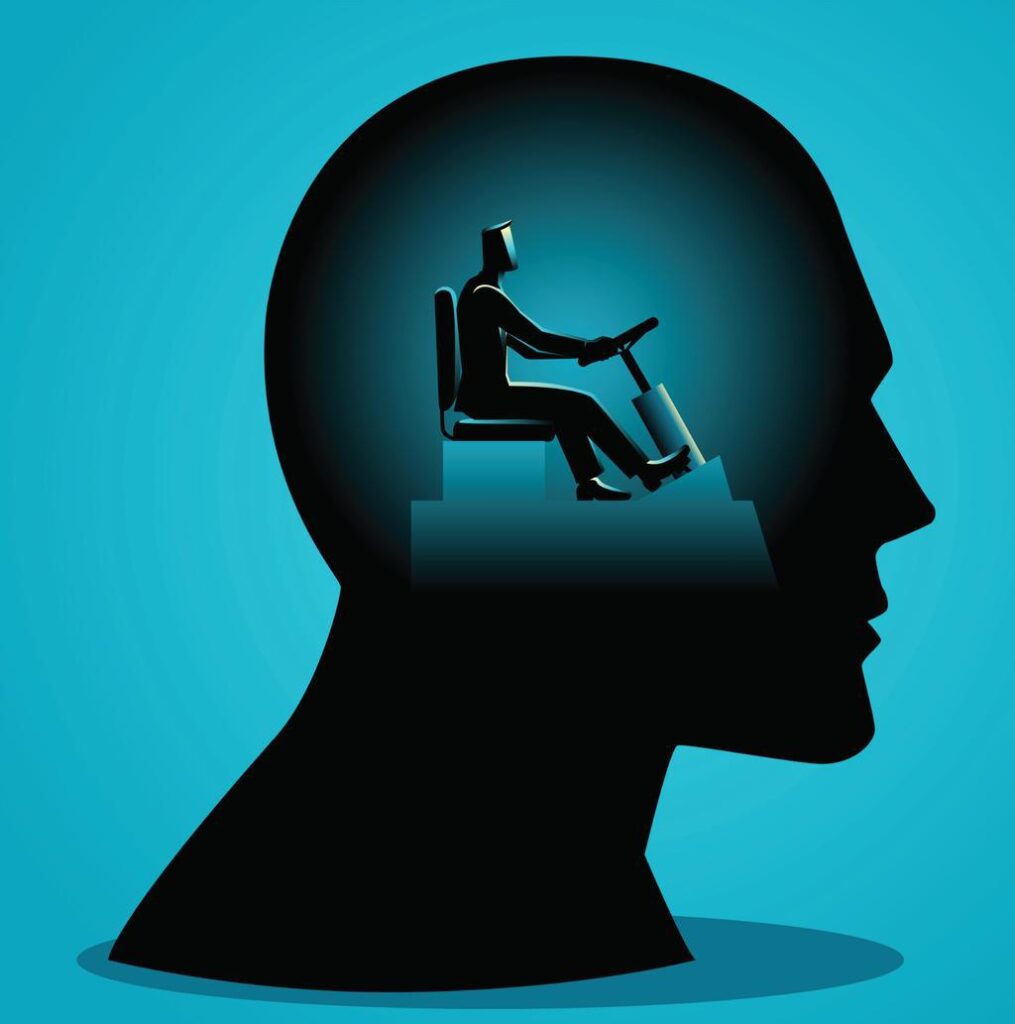
Many people believe technology only focuses on high-tech, digital industries or nanoscience. Technology has been around since humankind’s earliest days and continues to manifest itself even in the most primitive of forms.
The term “technology” was not mentioned in any of the speeches of American presidents before 1952, which is a tradition that dates back to the 1790s. The term technology was used to describe the applied arts. However, its meaning is changing and now includes the changes and advances that are affecting the world around us.
The impact of technology and the changes it brings to society is profound. It affects culture, tradition, and a country’s economic, military, and political trajectory. It is therefore interesting to note that technological advancements today are a result of inventions made millions of years earlier.
In his book, “The Singularity Is Near”, published in 2005 by inventor and futurist Ray Kurzweil:
Scientists believe we would then be in a time when invention and technology would serve the human evolutionary process. The reality, however, is much more complicated.
First Technological Advancements, First Discoveries
More than 2.5 million year ago, the first evidence of technology was discovered. Hominids made knives by chopping stones. The simplest of tools (hammers and cleavers) demonstrate the unique cognitive ability of humans.
It was a turning point in technology even if we don’t understand the term “technology” as we do today. It was used to protect themselves against predators, make food more digestible and eliminate pathogens in edibles.
This technology was refined by Homo Sapiens, the ancestor to man. These tools are so sophisticated that they can be used to create new objects (bones and antlers). Create objects we use every day: hooks and arrows.
The lamp was a prototype with an animal fat-filled hollow stone, topped with a wick that allowed it to be lit.
The technology of the past, although less refined and rudimentary in nature, paved the path for innovation, creation, and refinement for both practical and useful purposes.

Spindle spinning in the 17th century
Post-medieval inventions are synonymous with the post-medieval era. In 1783 for example, the first hot-air balloon was launched, canning was introduced, and everyday life became simpler. James Watt’s thermodynamic work led to the development of thermal machines that converted the heat from burning wood and coal into mechanical power. These inventions all led to an industrial revolution that led to automobiles and railways. This changed the lives of millions.
These inventions all led to an industrial revolution that led to automobiles and railways. This has changed the lives of millions.
In 1885, Quebec became the world’s first city to have electricity. And Paris, city of lights, had its very first starry rooftop.
The invention of electric telegraphy also had a profound impact on communication. Electricity also enabled the invention of radios in the 1920s. In 1922, the BBC was amongst the pioneers.
The limits of progress?
It is still possible to highlight the inventions which have revolutionized our lives, products, and consumption. We are moving into an age where technology has advanced so much that ingenuity is not reserved for scientists or creative geniuses.
It is dangerous to claim that these technological advances are all natural and serve the human evolutionary process. A “smart hairbrush”, a Bluetooth-enabled toaster or internet-connected air freshener is not the result of a natural process. In order to avoid overproduction or waste, it is necessary to reconsider the way we relate to technology.
Conglomerates such as Facebook, Instagram and Amazon are also major obstacles for small business owners who want to innovate. There is an increasing gap between the perceptions of users and what companies are doing to influence them. They claim that they can’t stop the “natural evolution” of technology. The “natural evolution” of technology was never innate. It’s now time to rethink what technology and “progress”, in the context of human life, mean.
As with all technological advances, there are pros and cons. Imagine we focus on the wrong side. There are many examples of people, organisations, and companies who want to make a difference in the world by developing and promoting technology that has a human touch and will be beneficial for all humanity.
OpenAI is an association that has evolved into a business. Its creators include Elon Musk, Sam Altman, and others. OpenAI aims at developing an artificial intelligence (AI) system in which the majority of the work and research is open and free, accessible to everyone on GitHub. It also attracts a lot of talented young people who care about ethics. Microsoft may have invested, but the research remains private. Open AI is still popular among techies who are concerned with a future that’s more ethical.

The low-tech trend is affecting more and more people today. In the 1960s, a group of people who were critical of High-Tech created this concept. In the late 2000s, several scientists studied this topic again in order to update it. The engineer Philippe Bihouix also advocated the use of low tech as a way to stop the “depletion” of natural resources.
The “Low-Tech Lab”, is a lab that brings together scientists and activists to offer Low-Tech solutions.
The technology used must be able to meet “essential” needs in certain sectors, such as energy, water, food, waste, building materials and housing, transportation, health, hygiene, etc. Low-tech also has to be durable. That is “robust and repairable.” It must also be “designed to have the best possible environmental and social impact from its production, distribution and use until it is no longer useful.”
It must also be affordable: “Unlike high-tech, the cost and complexity of its technical features are not prohibitive to a wide segment of society.”
It is true that technology has grown, but there are also versions of it which are more healthy and humane. Like any new thing, this version evokes a strong reaction, even fantasies. We must learn to understand it.
Humans and Technology
Beyond technical advancements, these significant technological advances raise a number of ethical and philosophical questions. Were we to live until 150 years old? Are all “current” organizations in the World able to set up the same safeguards that have been put in place for human cloning in order to protect the public?

What will happen if the moral and ethical values of these new technologies are not put before economic interests?
Can we survive the race to energy-intensive technologies? How much will the citizens of today accept a longer life, but at the cost of their liberty?
This demographic shift has been accelerated by the rapid development of digital technology and environmental issues such as global warming, depletion fossil fuels and biodiversity degradation, and even the water crisis.
Will augmented humans be able, as they continue to live longer lives, to use new technologies in order to resolve the environmental crisis of today?
Augmented man: When will the extension of our life expectancy stop
In Homer’s Illiad (written between 850-750 BC), the nymph Calypso promises Odysseus immortality and youth. Would eternal life be more of a science-fiction concept? The first person to live over 1000 years was born, according to futurologist Laurent Alexandre. Ray Kurzweil is the director of Google’s engineering department. He believes that immediate immortality can be achieved.
These predictions may seem unrealistic, but technological advancements will inevitably lead to many medical innovations, transforming us into augmented human beings. Nanotechnology and Big Data will revolutionize the way we do medicine. Uwe Diegel, serial entrepreneur, explains that nanorobots are soon to clean the arteries and feed on cholesterol of enhanced humans. The 3D-printing technology is also achieving impressive feats. For example, an Israeli team managed to create a heart entirely from human tissue.
One day, every component of the body can be replaced.

What Are Startups Doing To Accelerate The Process?
Many startups exploit the power of technology to transform the healthcare industry. Neura Link is one example. The company was co-founded by Elon Musk and develops direct neural interfaces to enable paralyzed individuals to operate a computer. Pixium Vision, a French start-up company that offers bionic systems for visually impaired people, also provides a system. Uwe Diegel created Lifeina Box, a mini-fridge that can be used to store medicines.
Entrepreneurs don’t have to wait until the future to see if technology can make us more human and increase our lifespan. It is already happening. What will happen to our planet if we reach 150 years old tomorrow?
The colonization of another planet is still a long way off. We must solve the current environmental issues. This will be the greatest challenge in the 21st Century.
Entrepreneurs must change their approach from “Tech for Money” to “Tech for Good,” that is, they need to innovate and utilize technologies for the benefit of our planet. Many entrepreneurs have already adopted a “Tech for Good” approach. Nebia, for example, invented a showerhead that turns water into tiny drops. The startup claims that their showerhead could save California residents 757 billion gallons and $4 billion annually if they all started using it.
The English company Pavegen, on the other hand, creates interconnected pavers that can generate electricity from pedestrians’ footsteps. This is especially useful in areas with high traffic such as retail centers or airports. Algopack is a local firm that produces biodegradable green algae plastic.
Numerous efforts are aimed at supporting startups that support the environment. GreenTech Verte, a 2016 government initiative that aims to combine the digital revolution and ecological transformation is a prime example. GreenTech Verte is a government initiative that supports environmental data sharing and also hosts an incubator. It also organizes startup competitions and hackathons as well as other events.
To Conclude:
In the coming decades, humankind will be able to make a major step forward in adopting technologies and energy sources that restore environmental balance. The aging of the global population is expected to solve many sociological problems. As extending life expectancy around the globe is seen as a good thing, this raises many questions about environmental issues. Future entrepreneurs, and Tech for Good, in particular, will have to reconcile heightened humanity with the preservation of its environment.
Technology will play an important role as environmental issues continue to be addressed. New technologies have made it possible for people to live longer, thanks to the medical advances they’ve enabled. They will be better able to cope with future environmental and ecological changes
Want to see more interesting Articles about Technology? Click Here